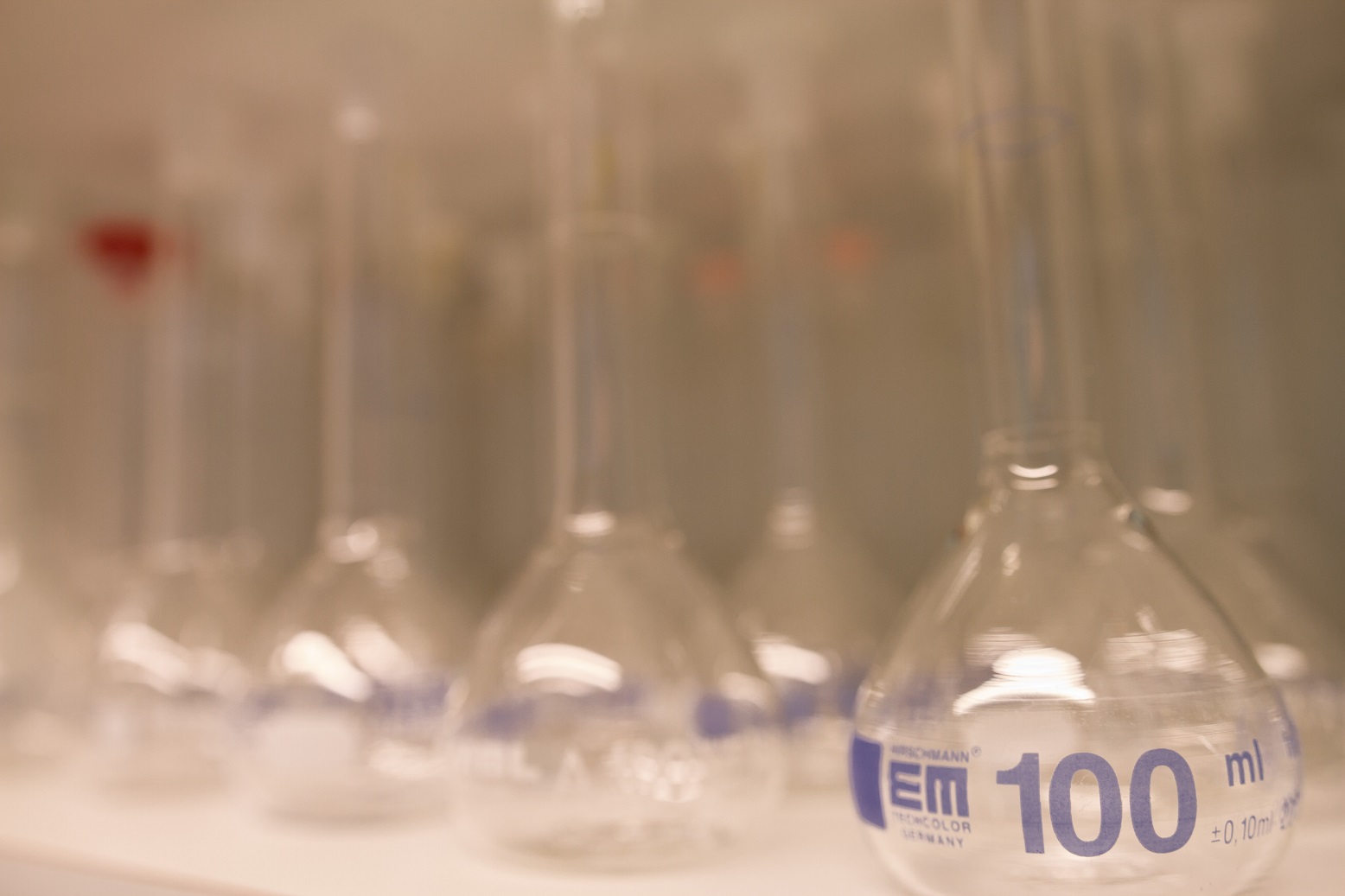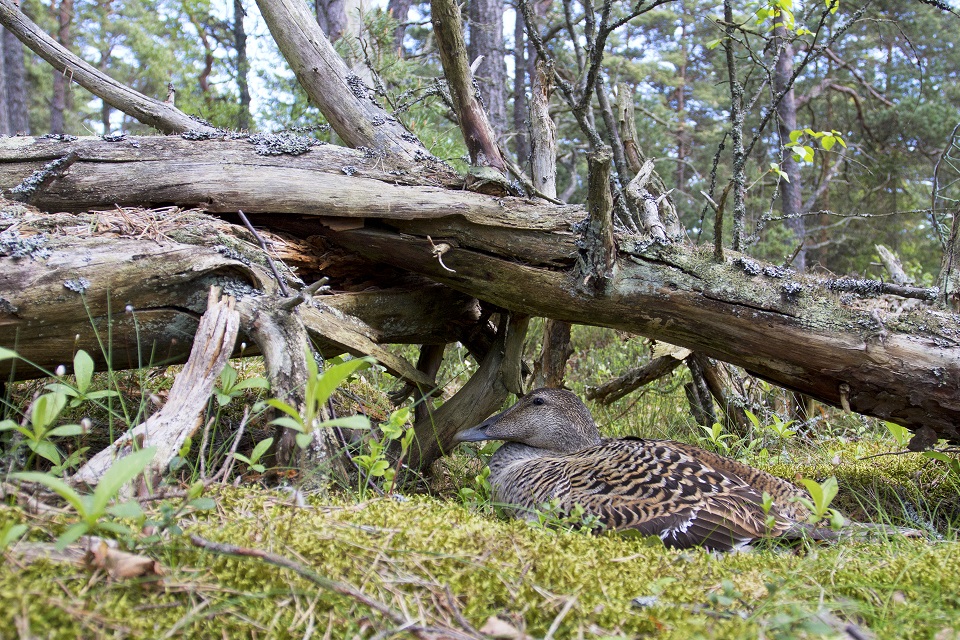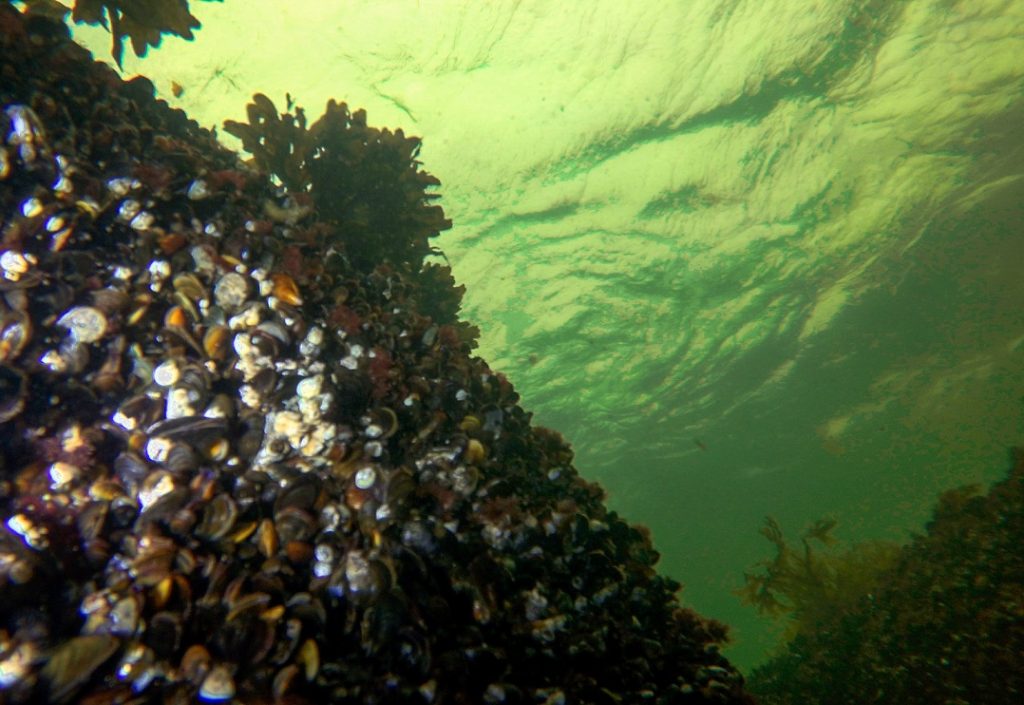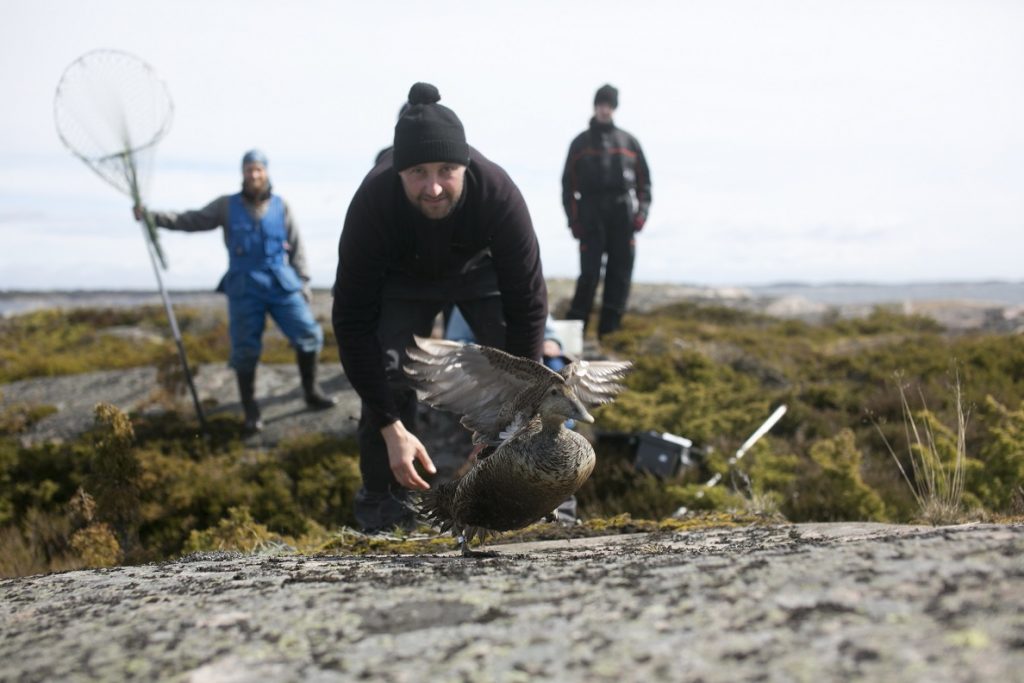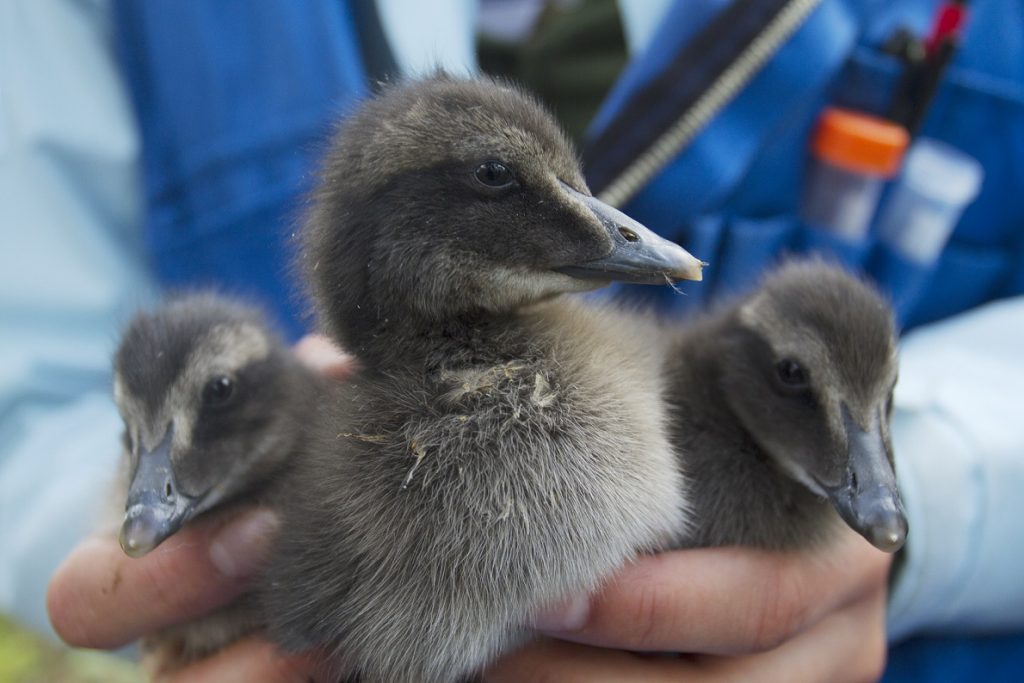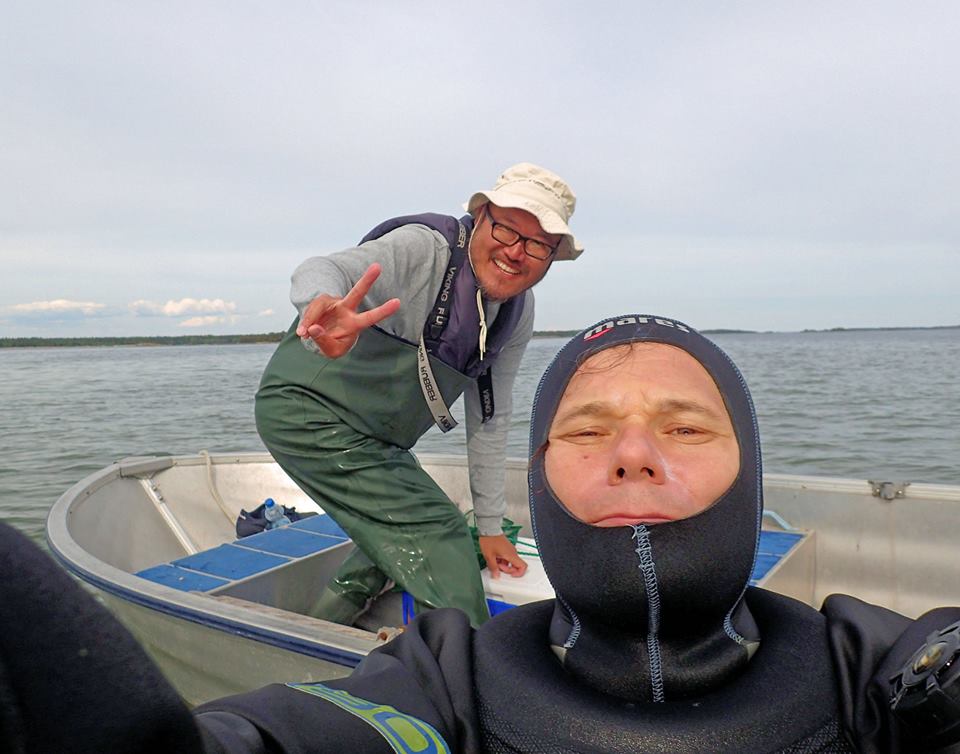Juupajoki medal #13
The municipality of Juupajoki has granted the 13th Juupajoki medal to academy professor Markku Kulmala. The medal was granted already in 6th of December 2017 but was handed over last Wednesday 7th of March in ceremony at Juupajoki town hall.
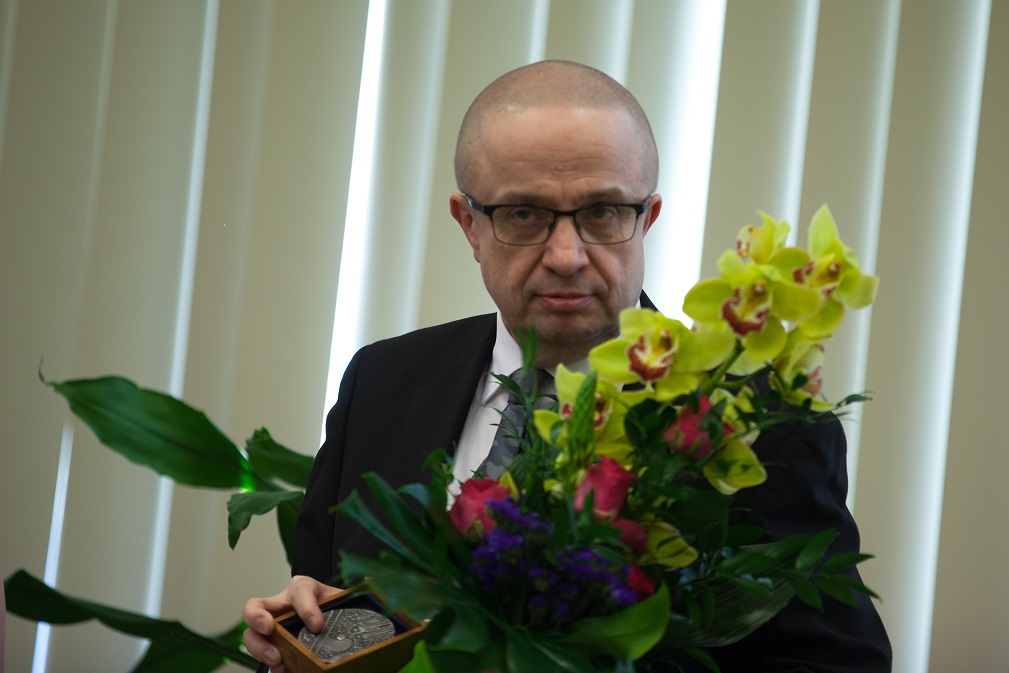
Academy professor Kulmala has had a profounding role in designing and building the SMEAR-station network (Station for Measuring Ecosystem Atmosphere relations). In addition to Finland’s four SMEAR-stations there is one in Estonia and one in China, Nanjing. The biggest and oldest of the stations is SMEAR 2 in Hyytiälä Forestry Field Station.
The work done by Markku Kulmala and his research team is of paramount importance for the global climate change research! He has been working in Hyytiälä since the middle of 1980’s and the SMEAR 2 was founded in 1996.
Academy professor Markku Kulmala is the leading researcher of physics and chemistry of atmospheric aerosols and the most cited researcher in geosciences. He is one of the founders of the discipline of ecosystem-atmosphere interactions. His research groups work has increased vastly our knowledge about the mechanisms behind the global climate change.
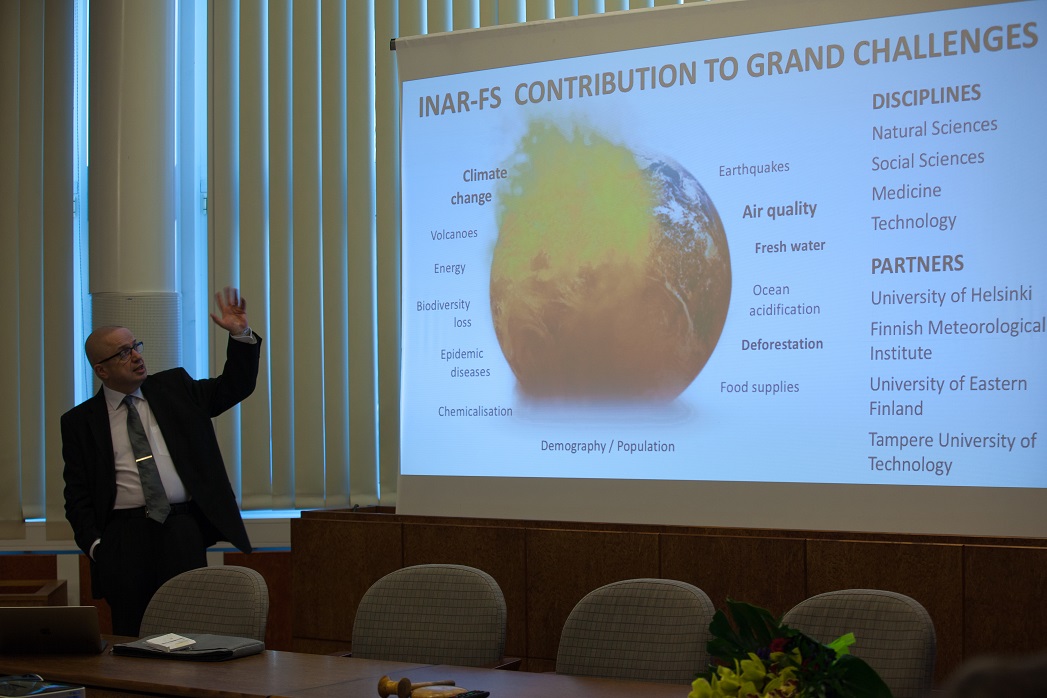
Read more
- Juupajoki medal is designed by Anssi Madetkivi in 1983 and it is the highest mark of honour from the municipality of Juupajoki. The medal can be granted as a recognition for the work or act done for the municipality.
- Hyytiälä Forestry Field Station is an active field center of multidisclipinary research on forests, peatlands and atmosphere. A central topic is the role of forests and peatlands in climate change, which is a complex issue as the forests and peatlands act both as a source and a sink of greenhouse-gases and are also gradually becoming a more important source of bioenergy for the society.
- Smear research stations are to measure the relationship of atmosphere and forest in boreal climate zone. The main aims of research are:
- Biosphere – aerosol – cloud – climate interactions.
- Biogeochemical cycles of carbon, nitrogen, sulphur and water.
- Analysis of gaseous and particle pollutants and their role in cloud formation.
- Analysis of water, carbon and nutrient budgets of soil.
- Analysis of environment and tree structure on gas exchange, water transport and growth of trees.
- Institute for Atmospheric and Earth System Research (INAR)
